The territory of Bergamo has been inhabited since the Neolithic period. Among the oldest finds kept in the Archaeology Museum, there are some polished stone axes found in Mozzanica, which probably date back to the Early Neolithic. From a Middle Neolithic village discovered in Calcinate come stone axes and potsherds belonging to the Square-mouth Vases culture, as well as grave goods from an inhumation burial in a pit. In the same village a phase from the Late Copper Age (second half of the 3rd millennium BC) has been detected.
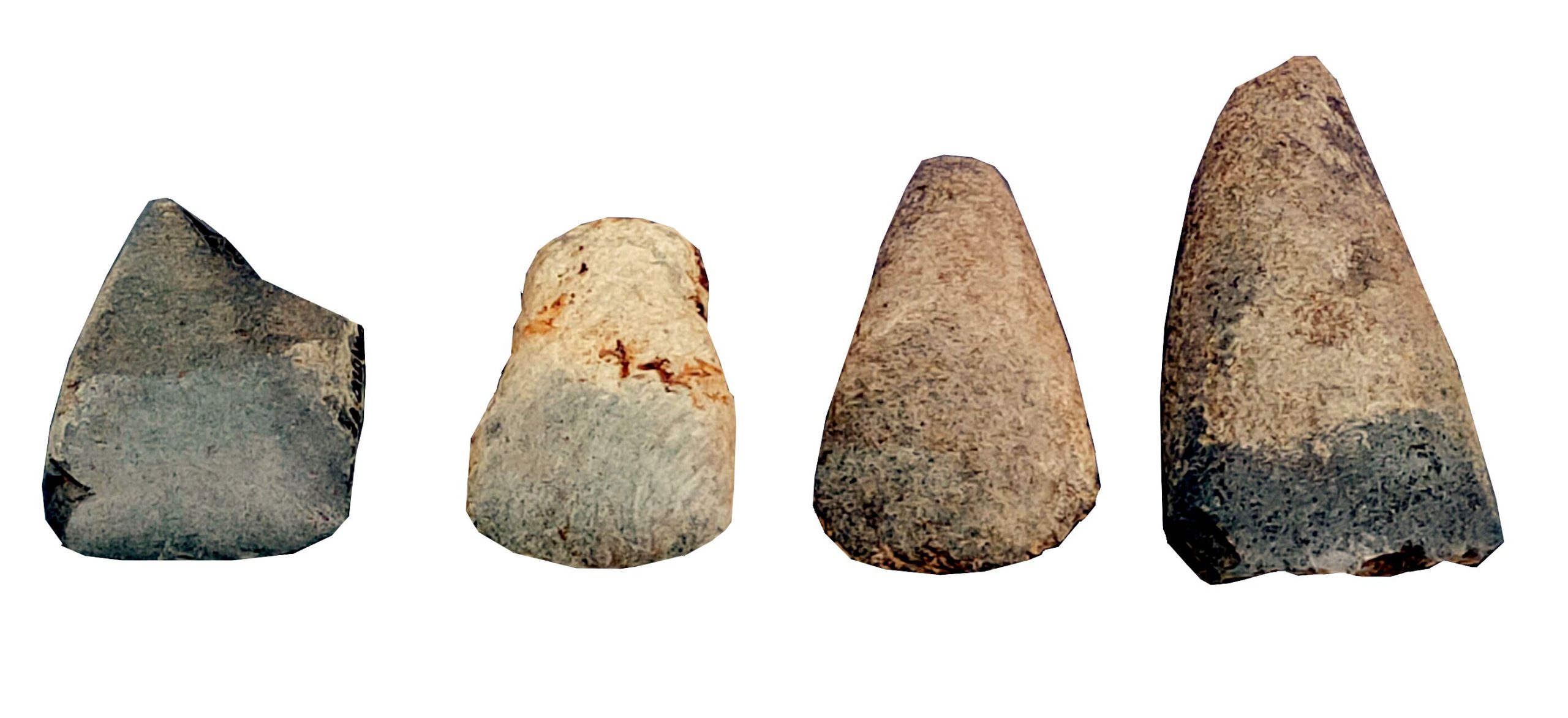
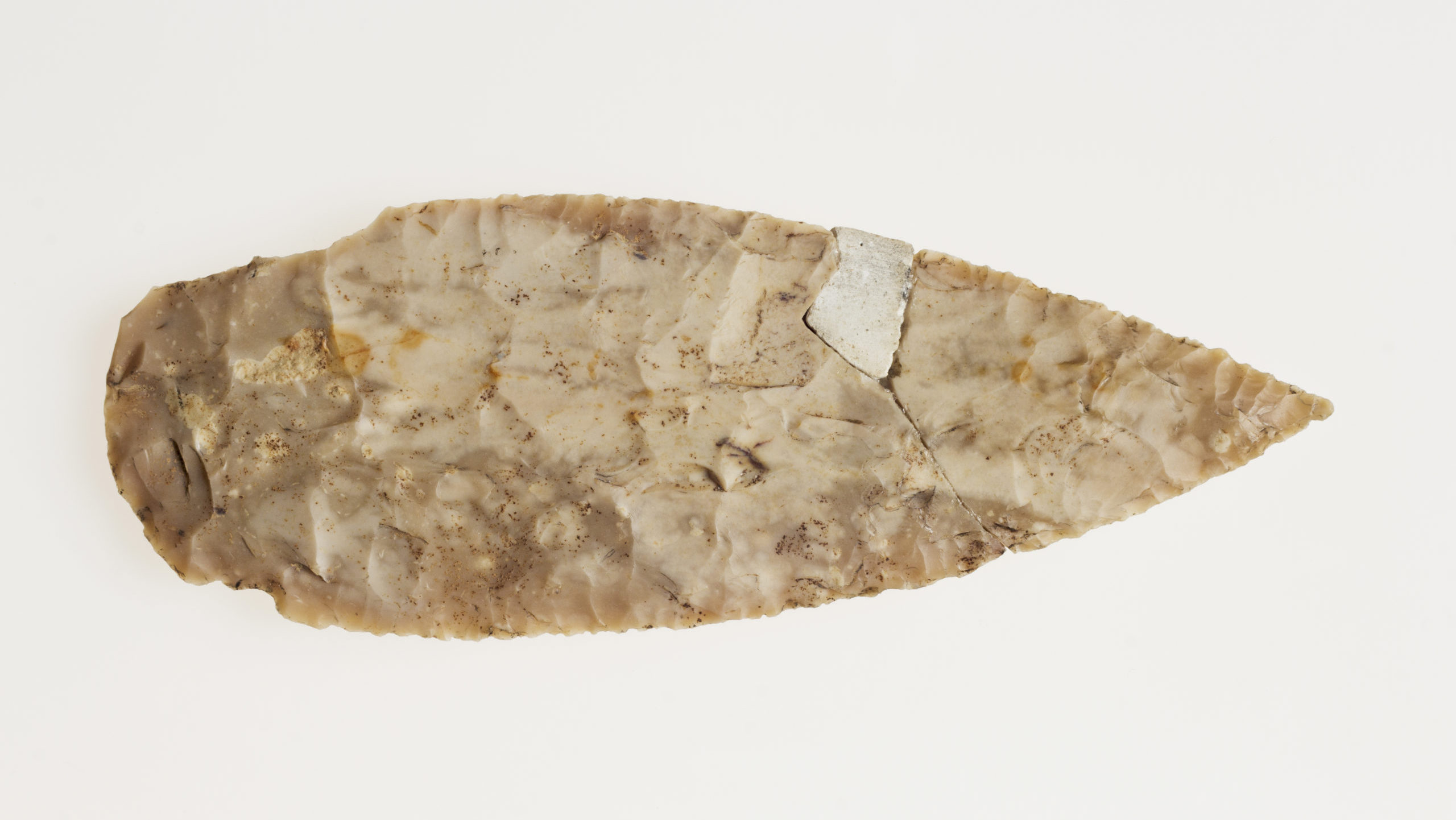
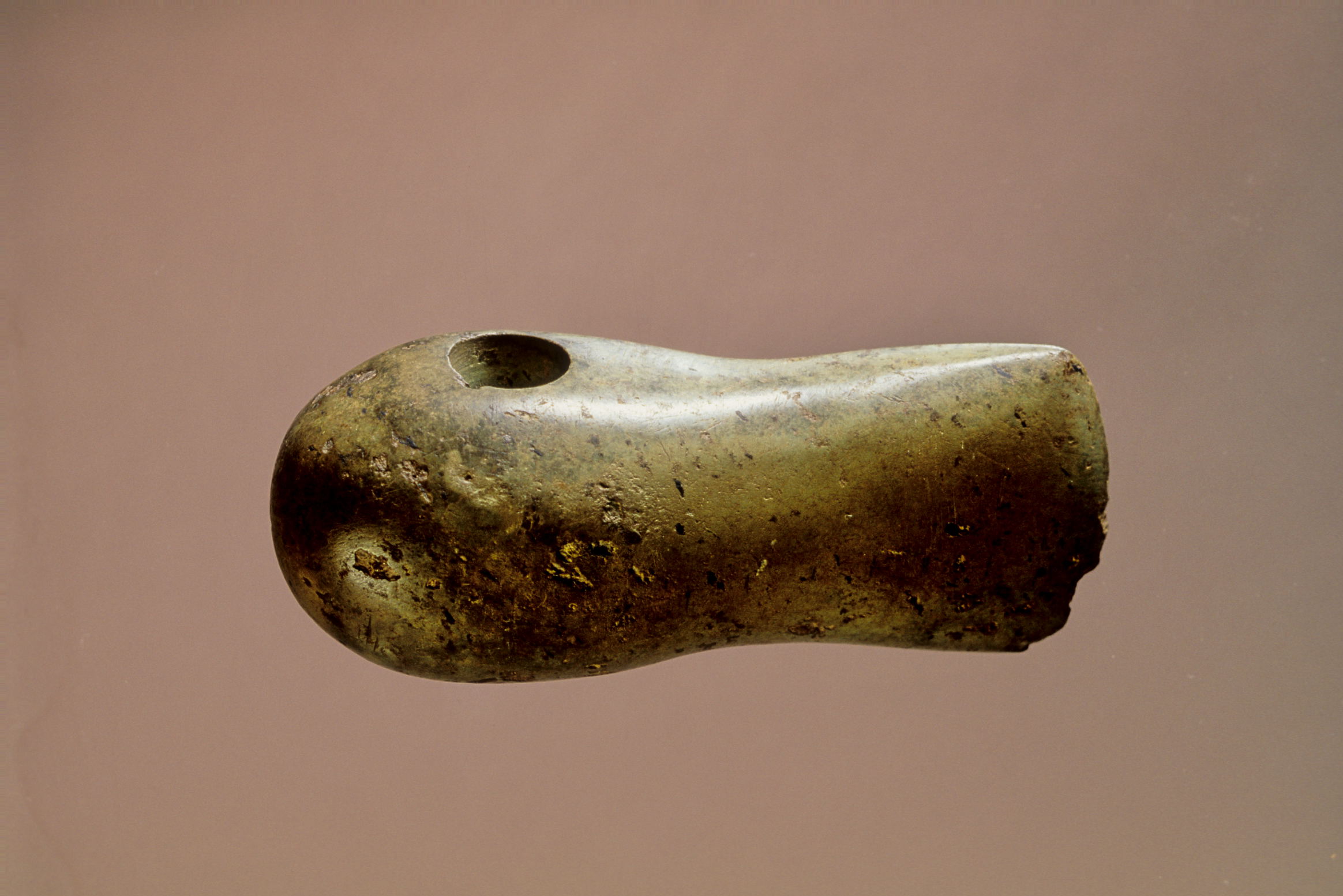
The Copper Age is documented by a number of finds from collective burials in caves, such as that at Aviatico: pottery and ornamental objects, among which a necklace of pig/boar teeth and some discoid and flanged calcite beads stand out.
Two polished stone hammer-axes come from Castione della Presolana and Fornovo San Giovanni. Copper Age metallurgy is represented by three flat copper axes, which are some of the oldest known in Northern Italy.
The Bronze Age is documented by bronze axes: from the most ancient, discovered in Lovere, to the most recent, from Parre and from Petosino. Three axes from Costa di Monticelli formed a “hoard”, i.e., they were intentionally buried to be then recovered; we do not know if they belonged to a metalworker’s bronze reserve or they were part of a votive offering.
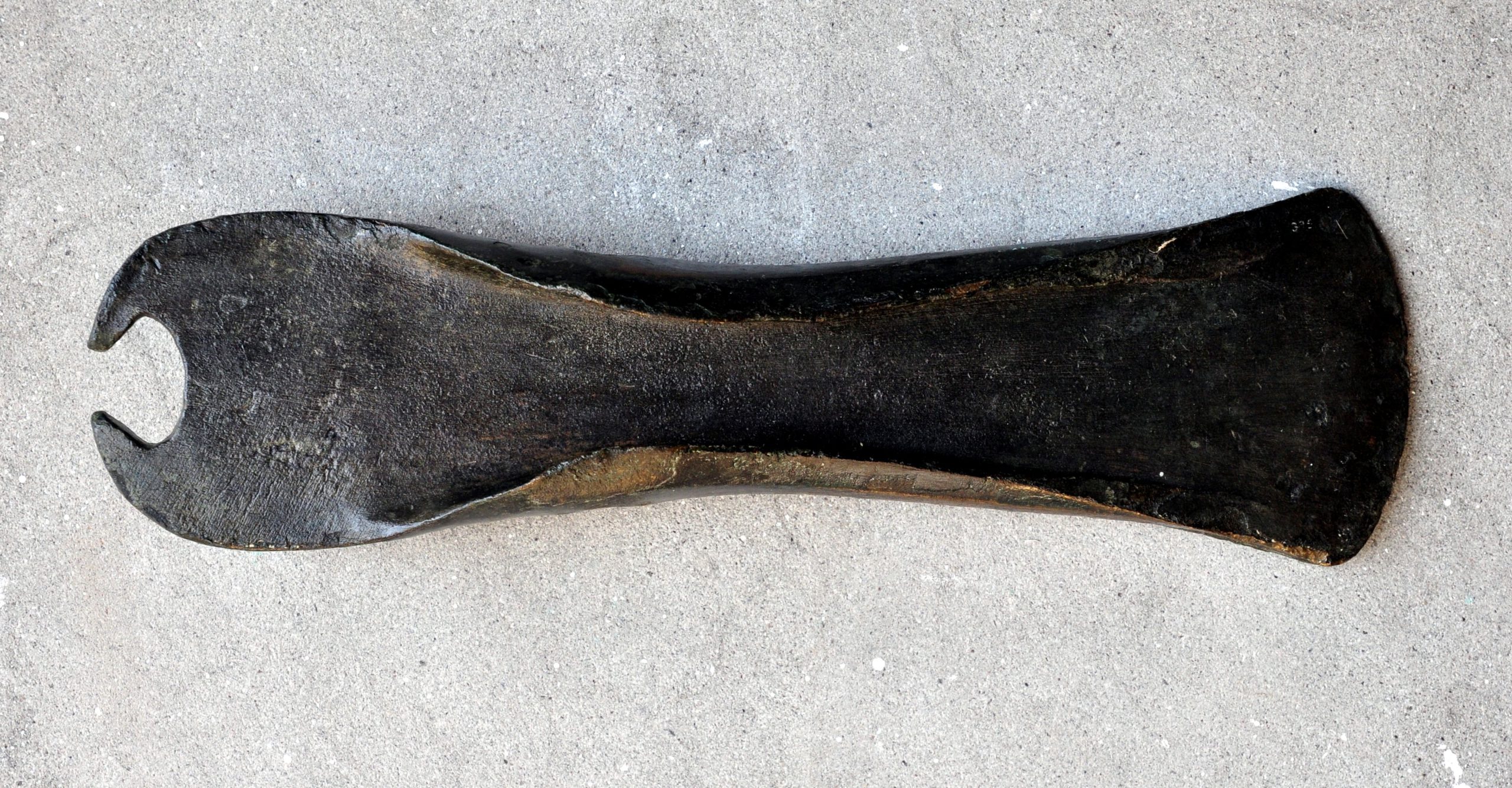
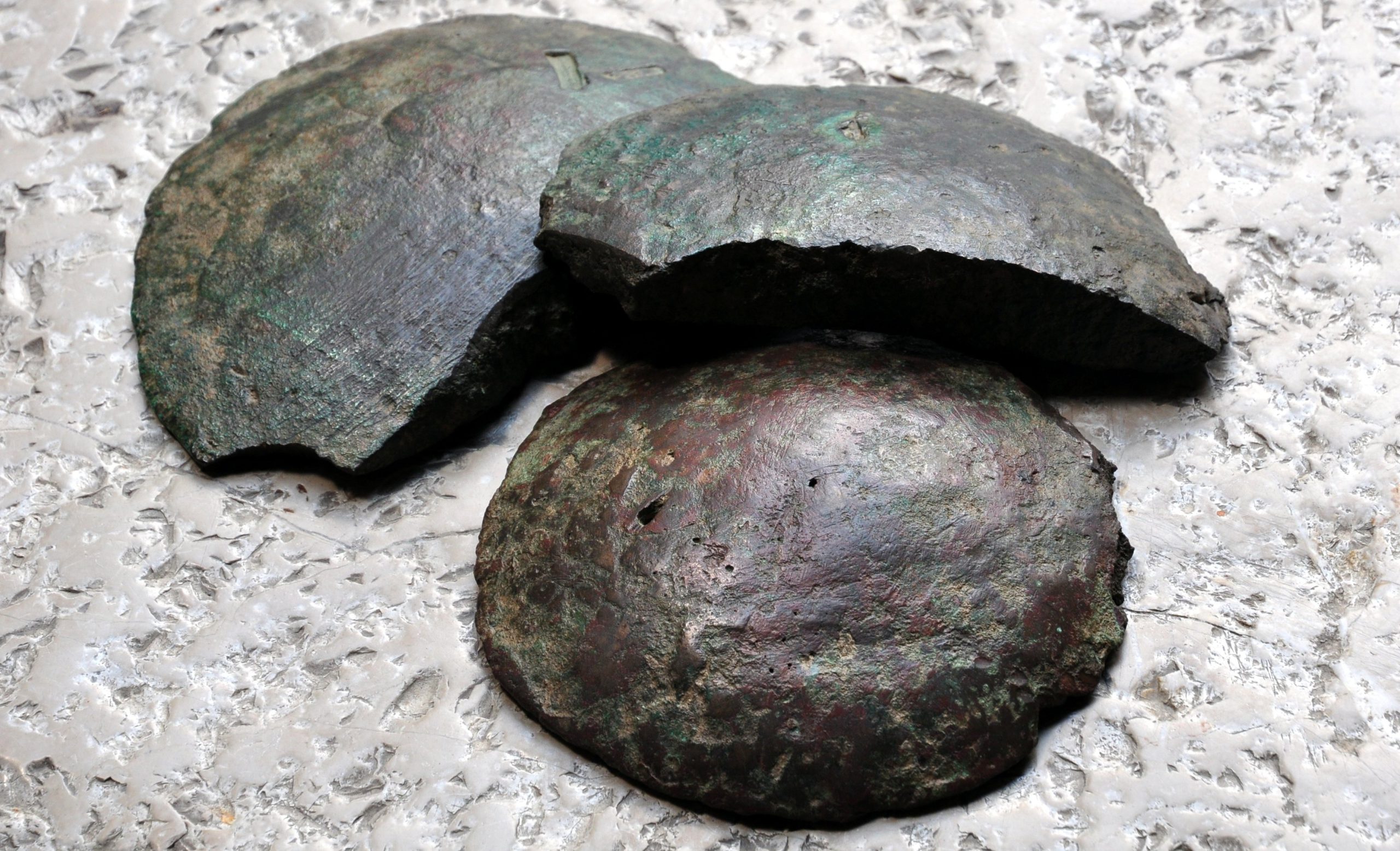
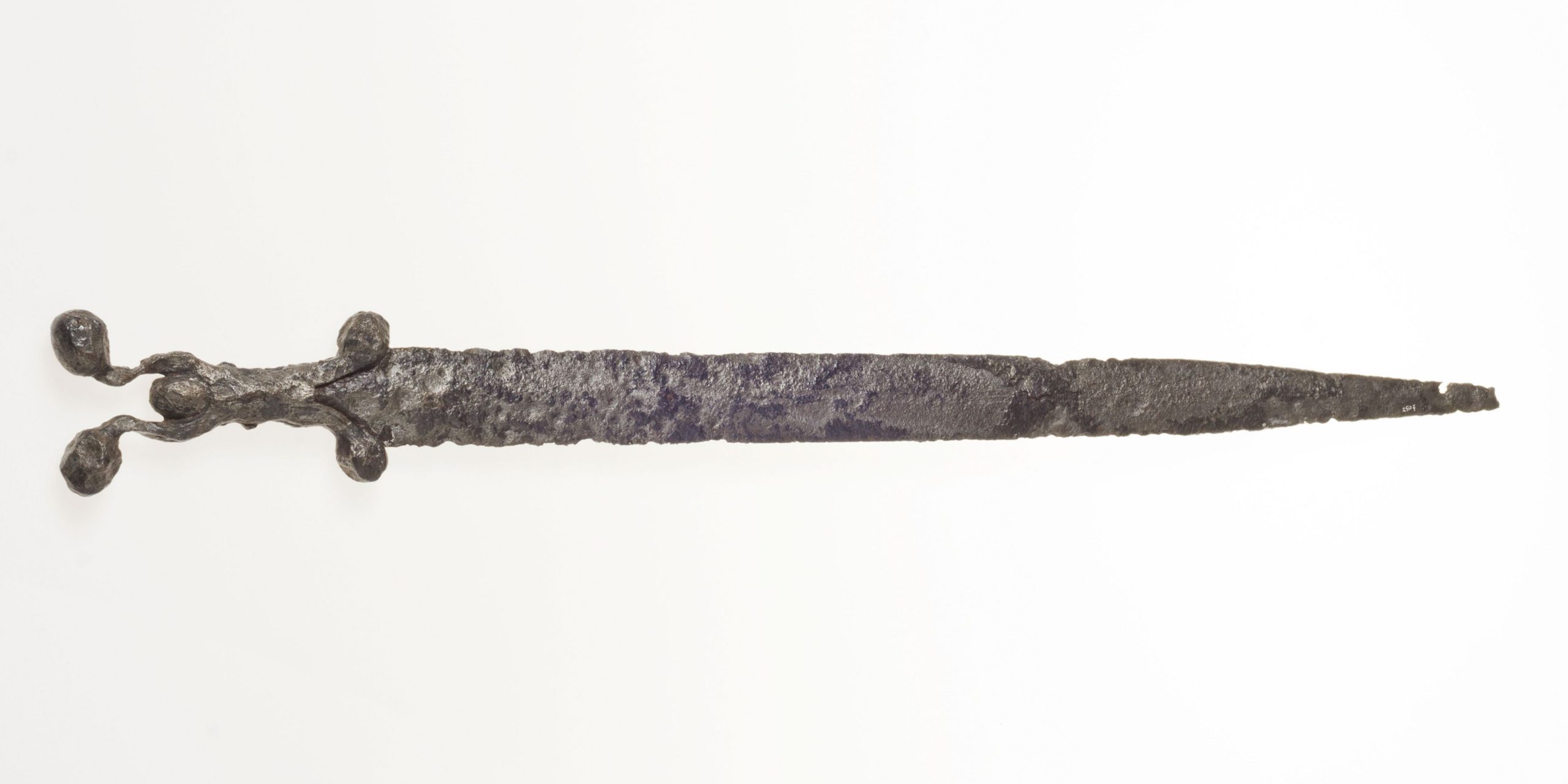
During the Early Iron Age populations of different lineages and cultures lived in the Bergamo area: people of the Golasecca culture, of Celtic origin, occupied the plain up to the river Serio, and probably also the Brembana valley; their main settlement was on the hills of Bergamo. The Seriana valley, on the other hand, was inhabited by peoples of central-Alpine culture, the Euganei.
In Bergamo’s Upper Town traces of a stable settlement from the Final Bronze Age have been detected; this settlement greatly developed between the 6th and 5th century BC, occupying the whole hill area. Among the ceramic and bronze finds of this period there are some fragments of Attic pottery, which are a clue of the luxury items imported from Greece.
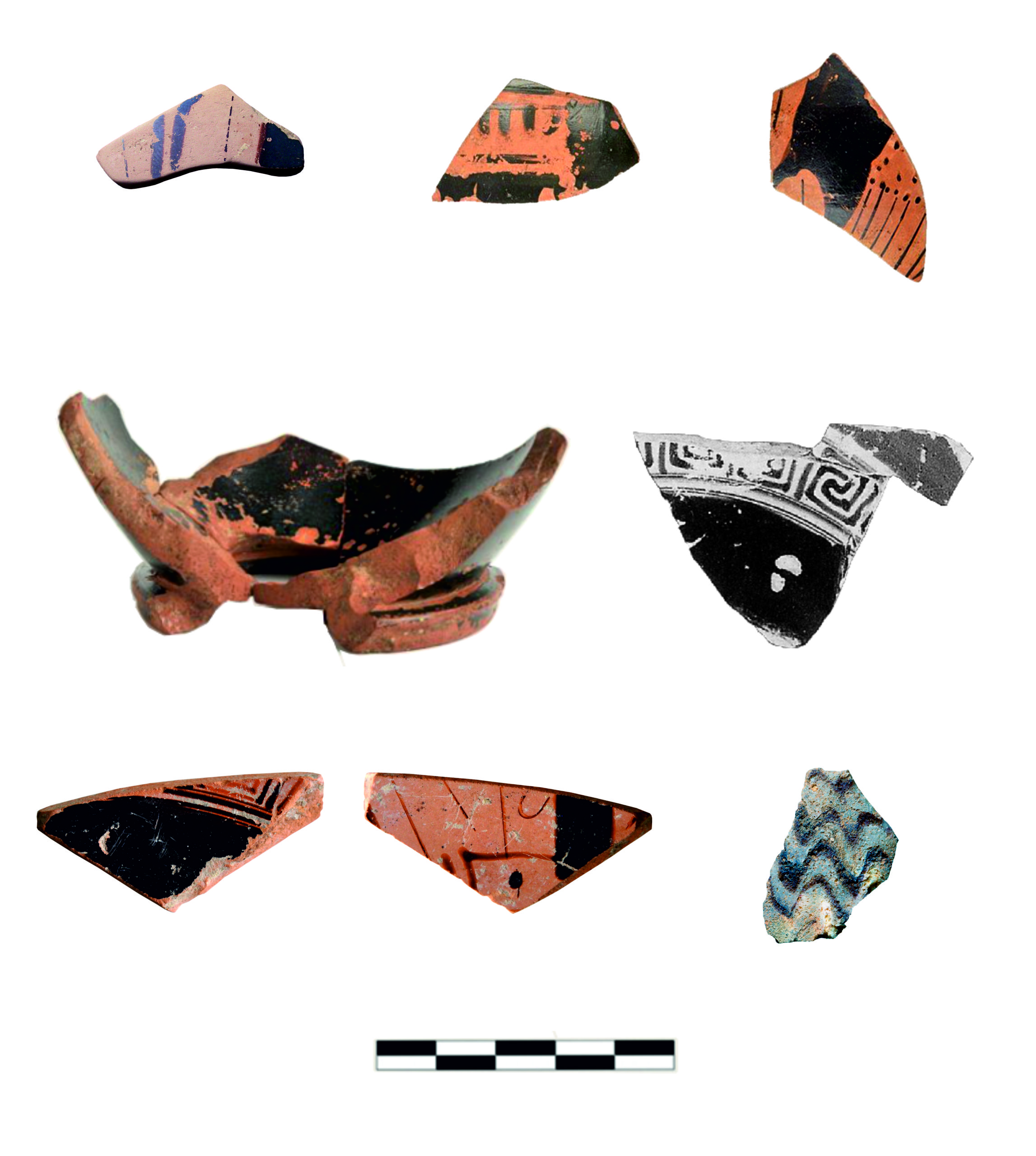
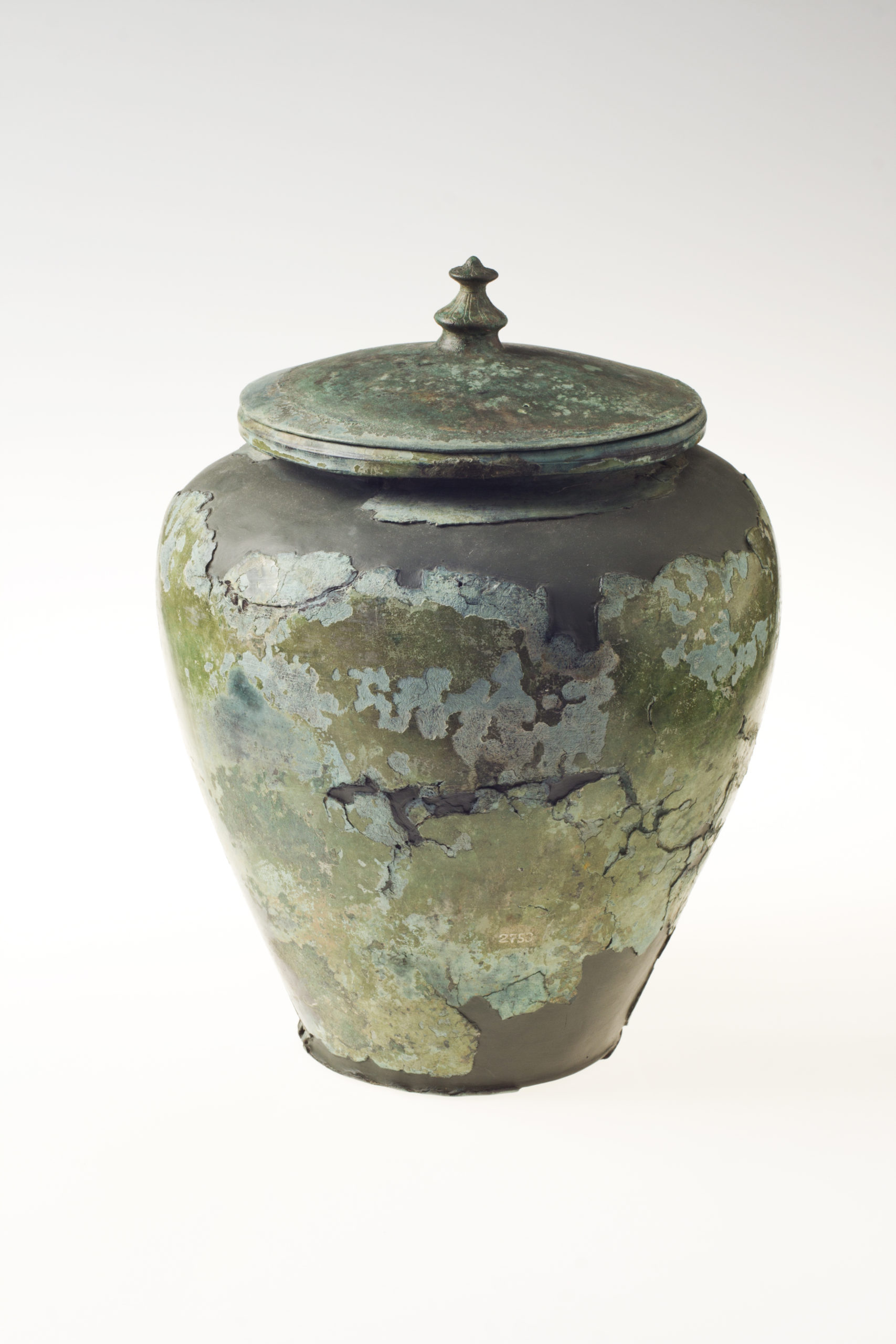
Most of the evidence regarding the Golasecca culture comes from the cremation graves found in the Bergamo area, although, in many cases, of all the grave goods only bronze objects were collected. The most ancient tombs are those discovered in Ponte San Pietro, dating back to the 10th-8th century BC.
The graves found in Verdello, Zanica, Fornovo San Giovanni and Brembate Sotto date back to the 6th-5th century BC: they were part of cemeteries, which suggest the presence of small villages.
The Parre hoard was of a non-funerary nature and consisted of more than 1000 kg of bronze (ingots, broken and deformed objects) intended for remelting, buried by a metallurgist around the late 6th-early 5th century BC and never recovered.